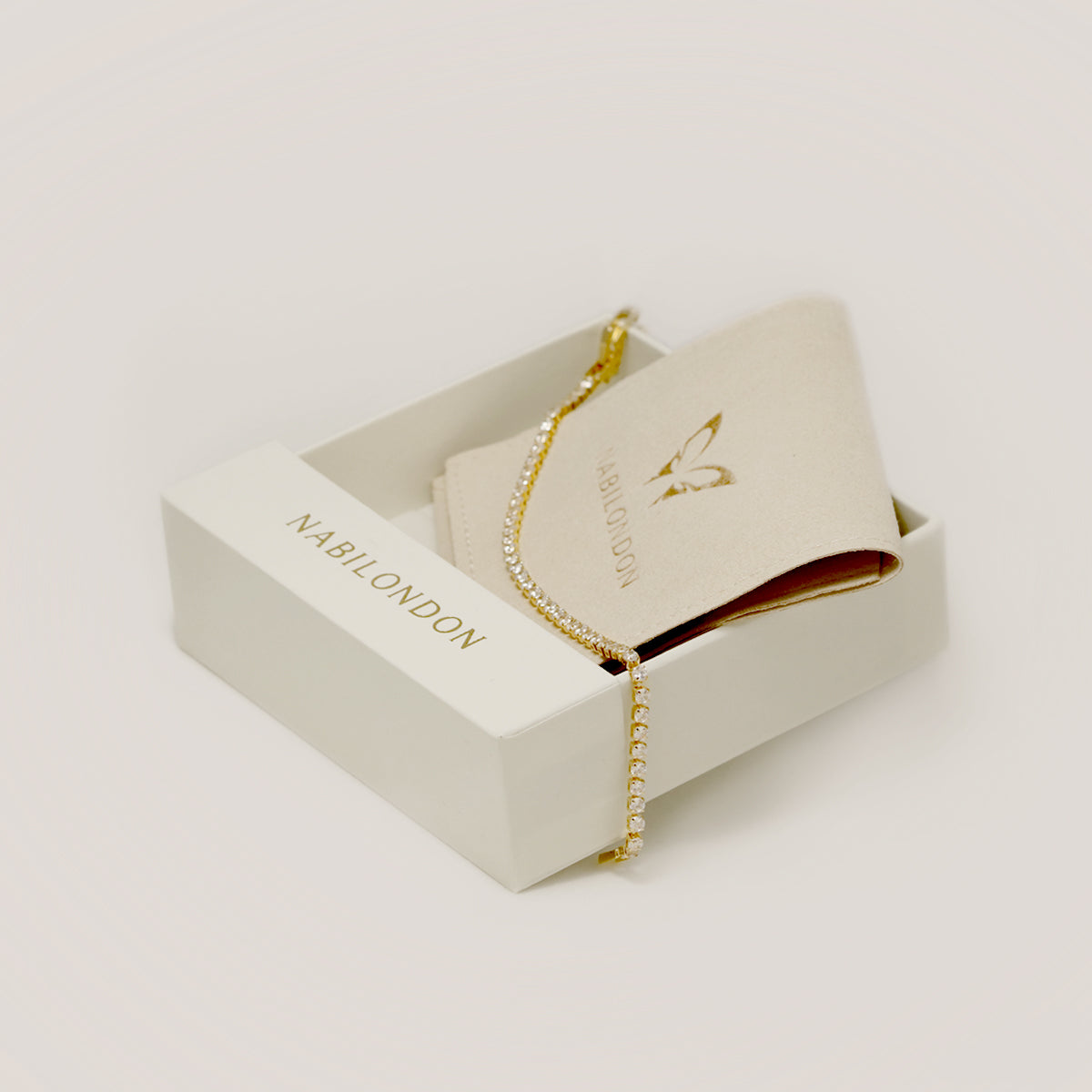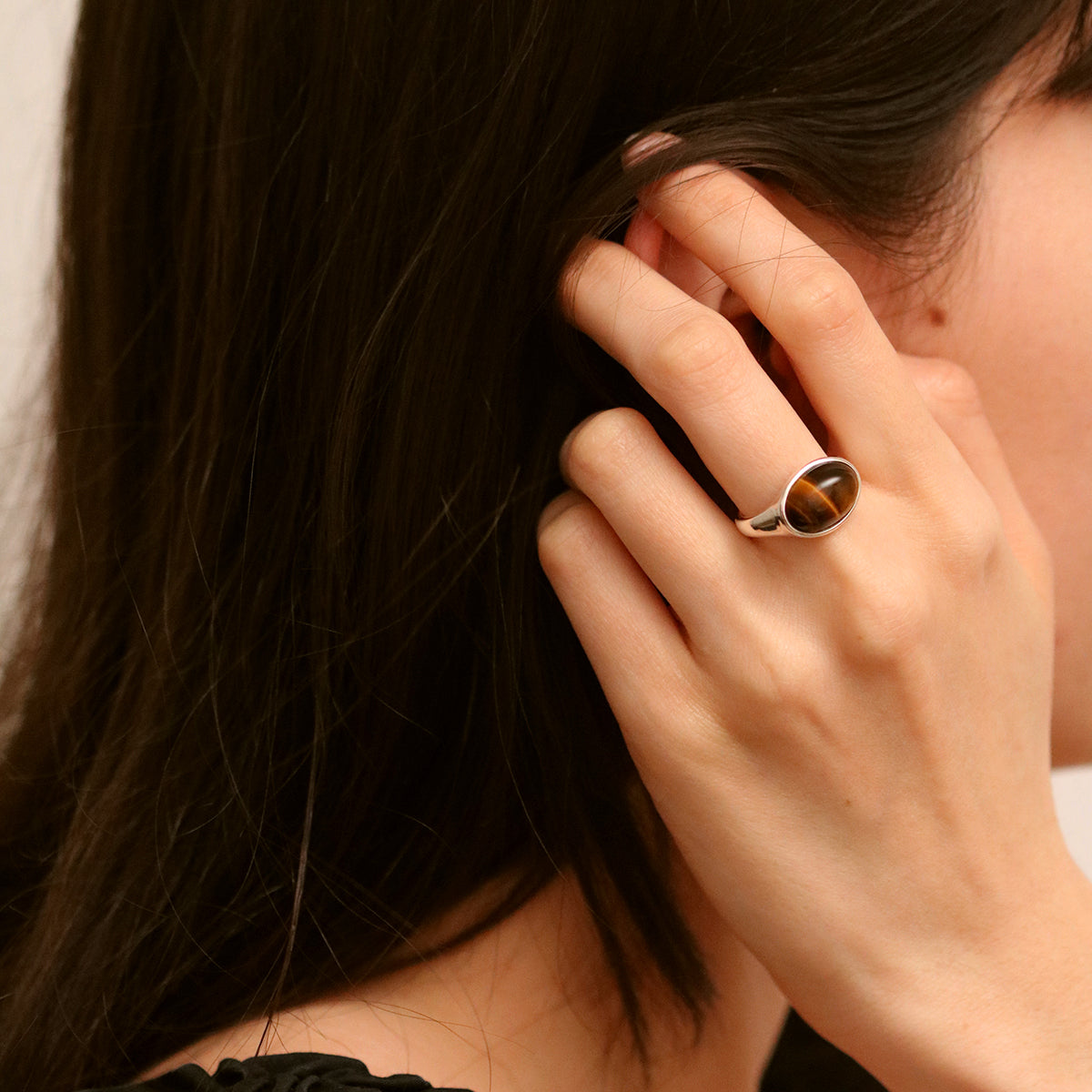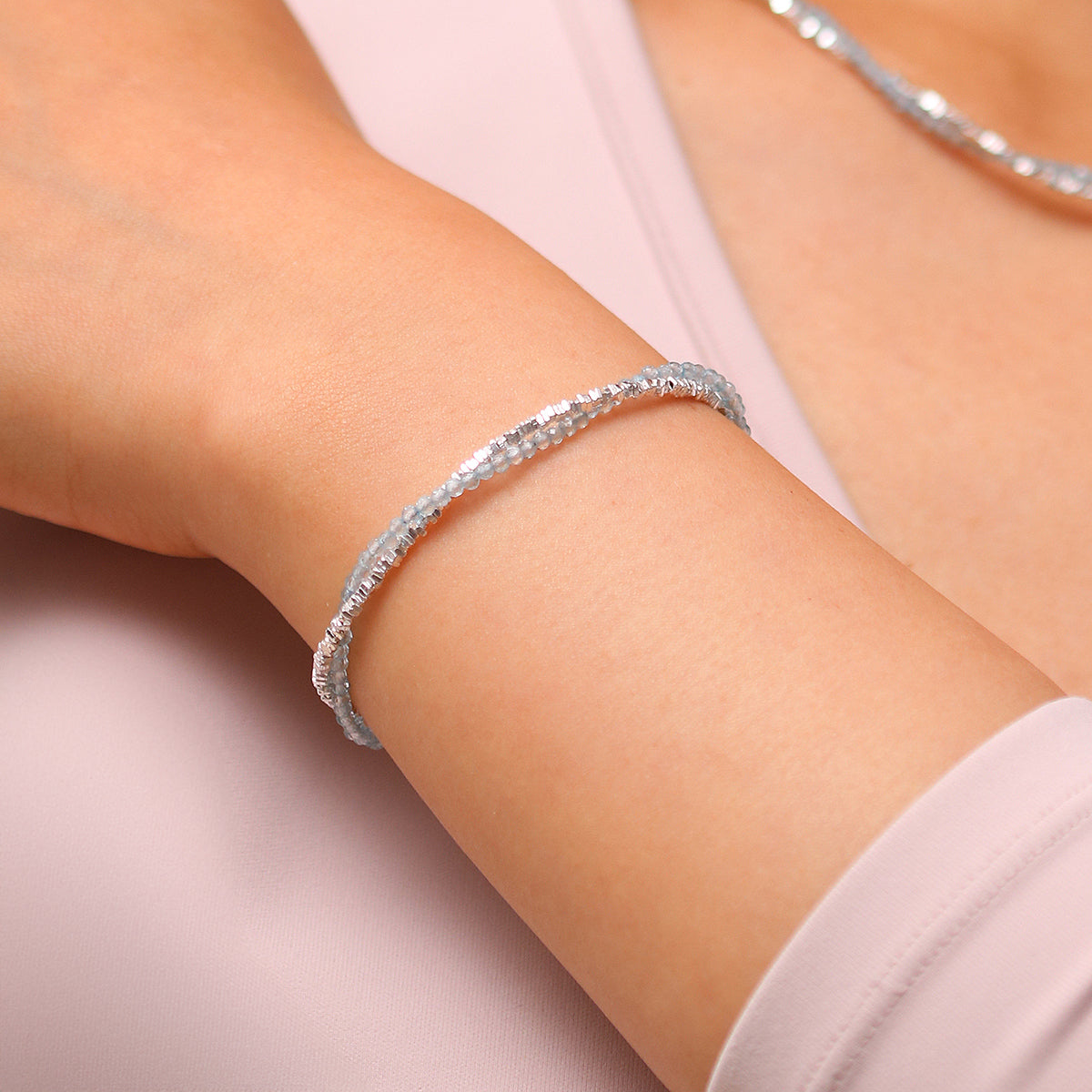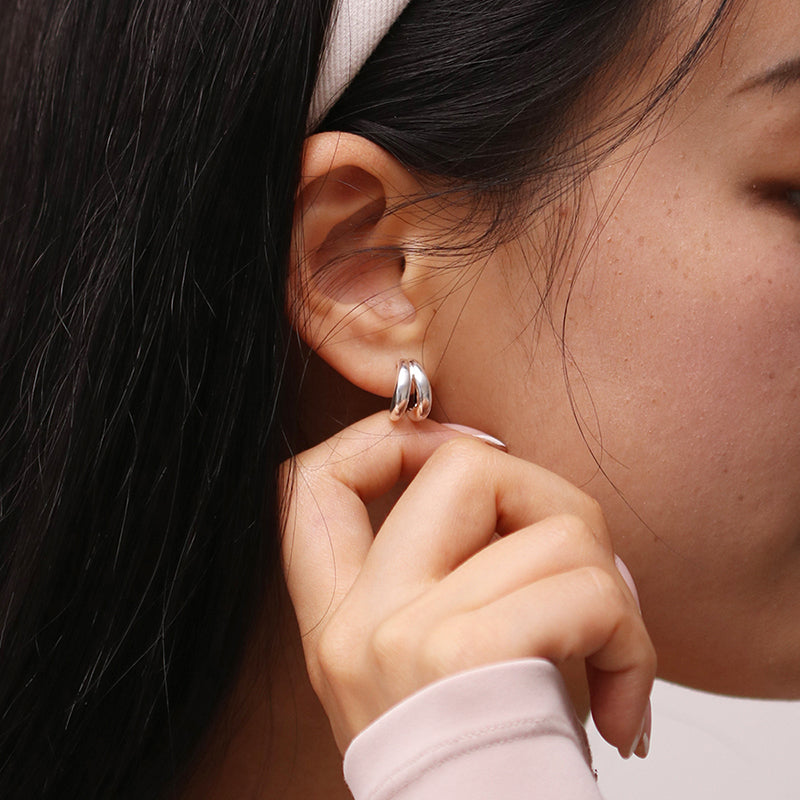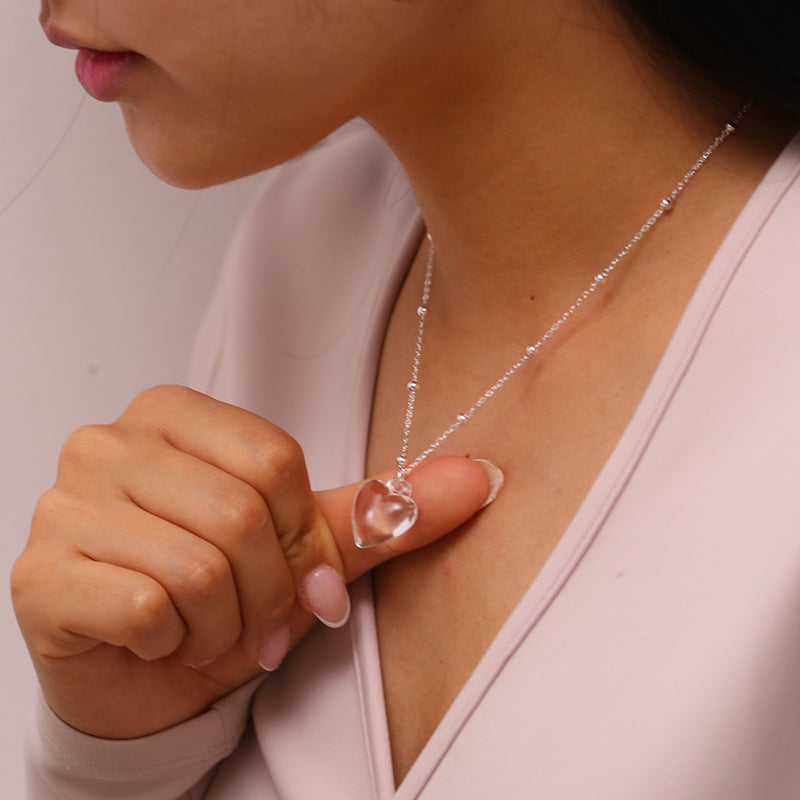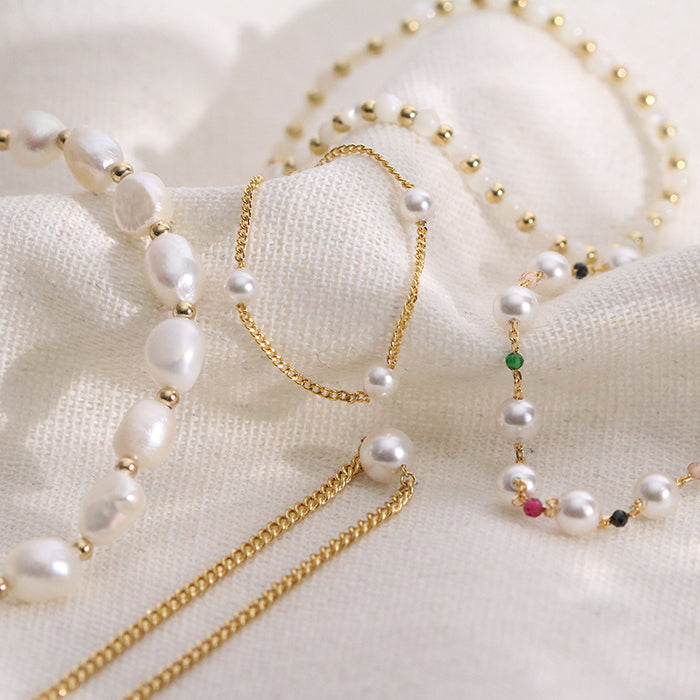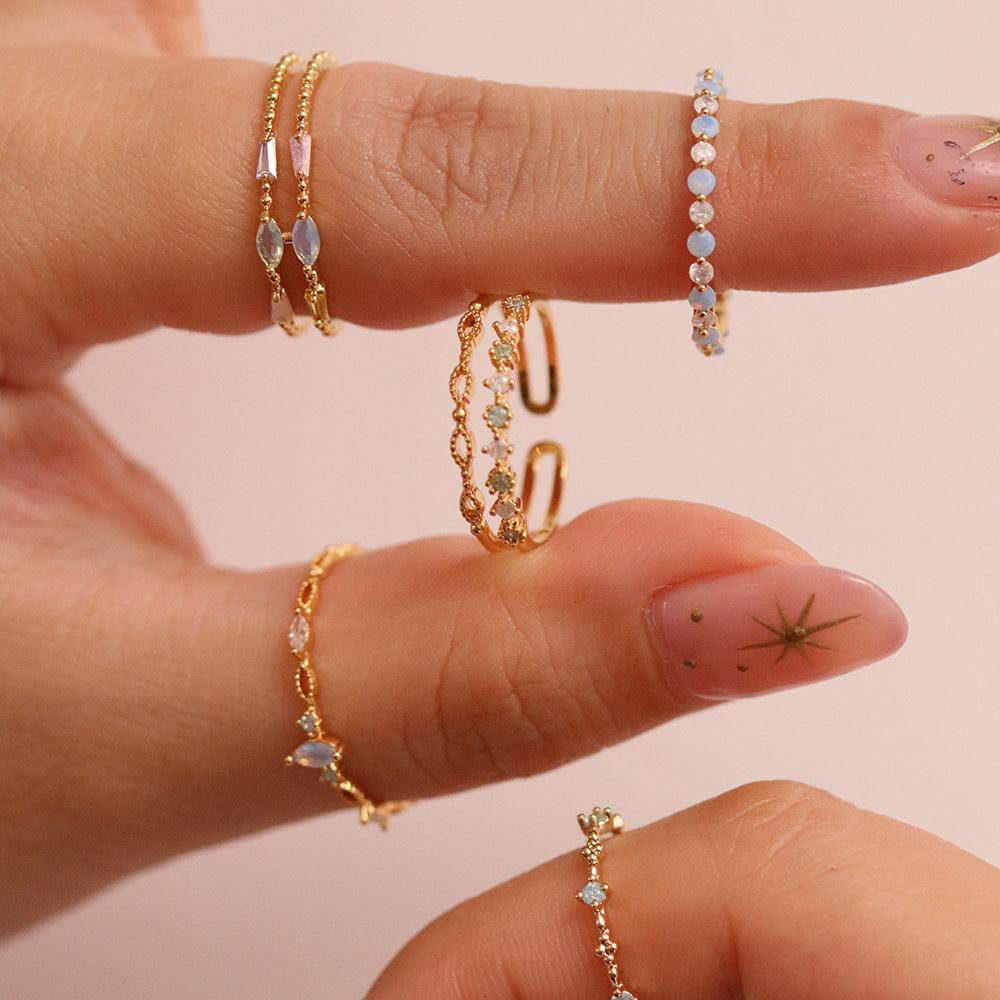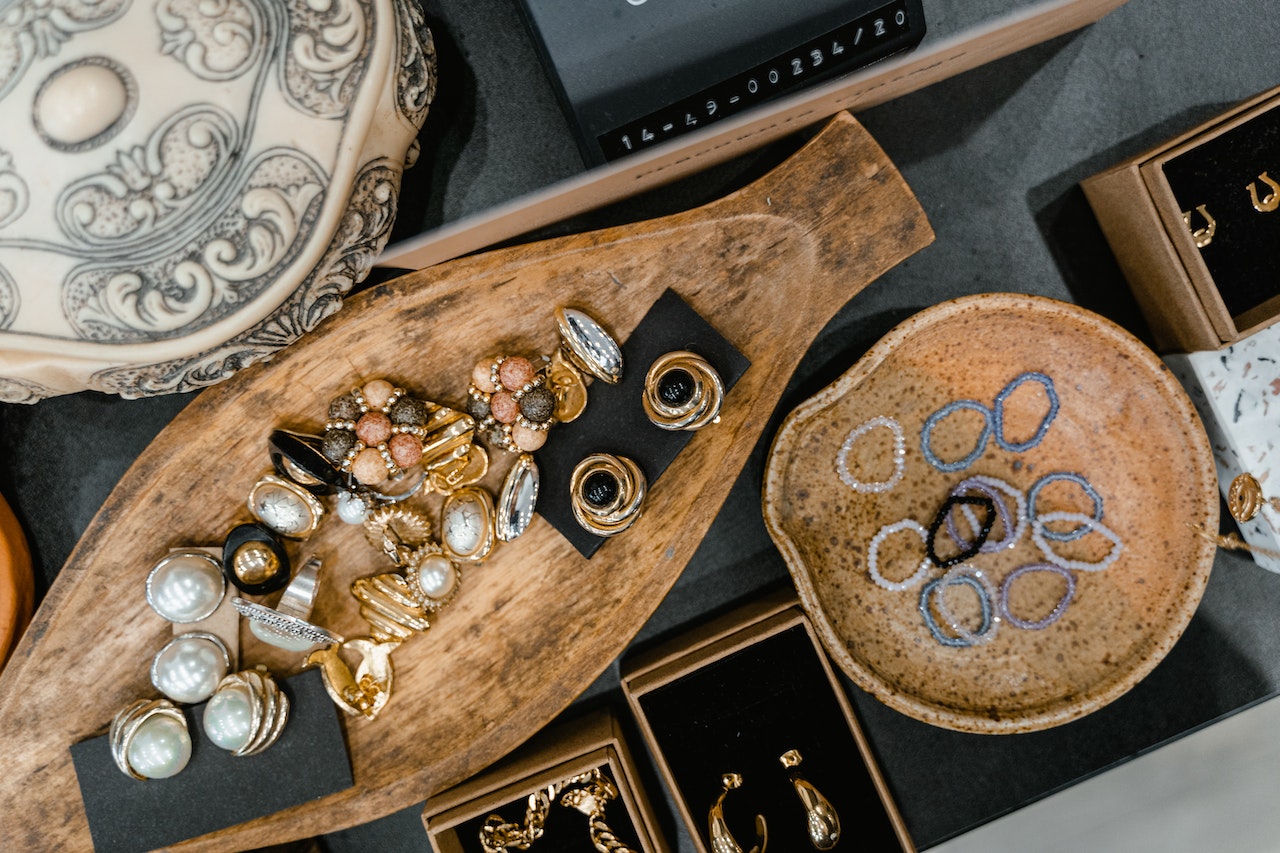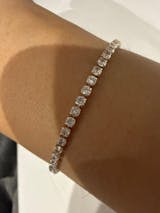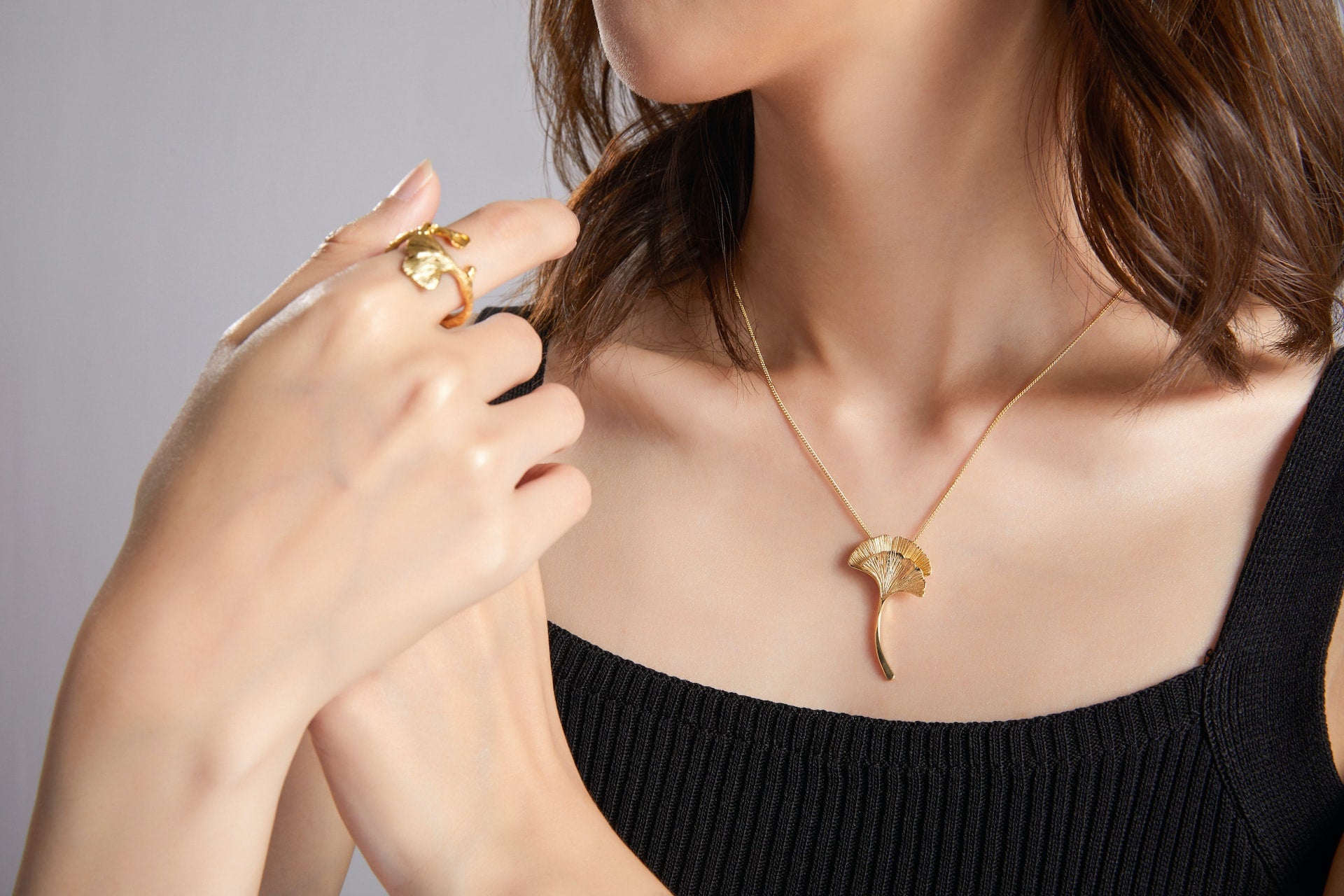
Understanding What Contemporary Jewellery Actually Is
Contemporary jewellery is a broad category that can be difficult to define. In general, it is used to describe jewellery made in the last 40 to 50 years. However, some experts believe that contemporary jewellery should only refer to work made after 1970.
This was when the Studio Jewellery Movement began to gain momentum and designers started to experiment with new materials and techniques. Read this article and dive deep into the meaning of contemporary jewellery.
Defining Contemporary Jewellery
So what is contemporary jewellery? Well, the most accurate answer we can give is that it is jewellery that is made in the present day. However, that doesn’t really give much away, does it? To provide a more in-depth answer, contemporary jewellery can be seen as a meeting point between art, design, and craft.
It is usually made by individual jewellers or small jewellery companies and is often handmade. This type of jewellery often has a conceptual basis. The materials used can be pretty diverse, ranging from traditional metals and gemstones to more unusual materials such as paper, plastic and even food.
The objective of creative jewellery is to design and create jewellery that is unique and original. This type of jewellery is often made by artists who have a background in art or design. Creative jewellery is typically made in small quantities and is usually one of a kind.
The Contemporary Jewellery Industry
Contemporary jewellery is a creative way to express yourself. It can be reflective of current culture or even aim to influence it. There are many different types of contemporary jewellery, from one-of-a-kind pieces to everyday jewellery. The materials used and the social context are both essential factors in contemporary jewellery.
The 60s were a time of change for the jewellery industry. Thanks to new movements, jewellery-making and design were no longer limited to precious jewels and stones. This opened up a new era that was more flexible regarding materials, encouraging designers to be more creative.
This also gave designers more control over the outcome of their pieces and the message they wanted to convey. Some research argues that this is the time when designers began favouring craftsmanship and individuality. Particular designers started designing for themselves and their message, running on the presumption that consumers would buy based on the name/message rather than the demand-supply module.
Contemporary jewellery is unique in that it can be displayed in various settings, from fashion runways to jewellery exhibitions to modern art galleries. It is not as widely known or comfortable as traditional forms of jewellery, but it still needs to work with the human body to some degree.
There are a few reasons why contemporary jewellery may have identity issues. For one, there aren't that many contemporary jewellery designers who can set standards for the industry. Secondly, many designers don't mass produce or distribute their work, which means it doesn't have a strong presence in the media or with mainstream consumers. Additionally, contemporary jewellery designers are often not assertive self-promoters, which further contributes to the industry's lack of visibility.
Contemporary jewellery is becoming increasingly popular as people seek out unique and individual pieces. With the rise of social media, finding and connecting with jewellery designers and makers is easier than ever. This has allowed contemporary jewellery to reach a wider audience and gain more exposure.
Are you looking for contemporary jewellery in London? Check out Nabi London. What once started as a Sunday market hobby on Bricklane has now turned into a successful jewellery brand, all thanks to the love and support of our customers. Our dainty jewellery is intricately designed and then handcrafted using semi-precious components combined with beautiful pendants. Shop now!

